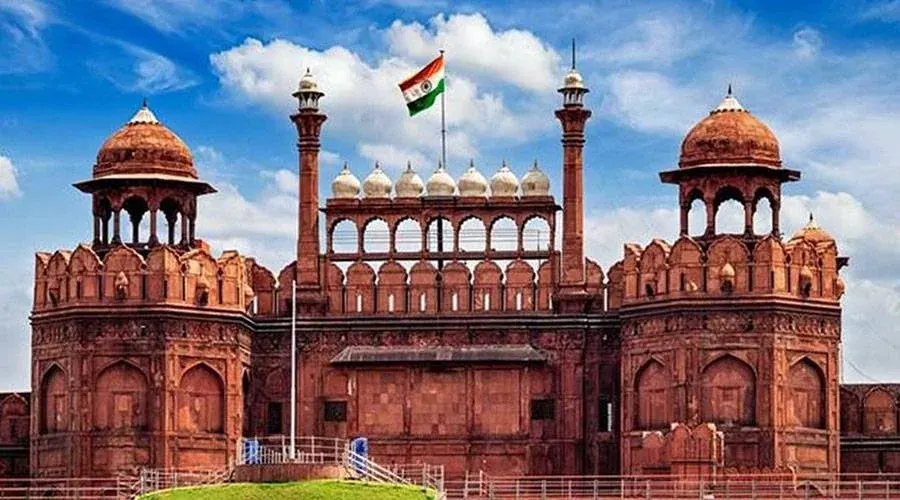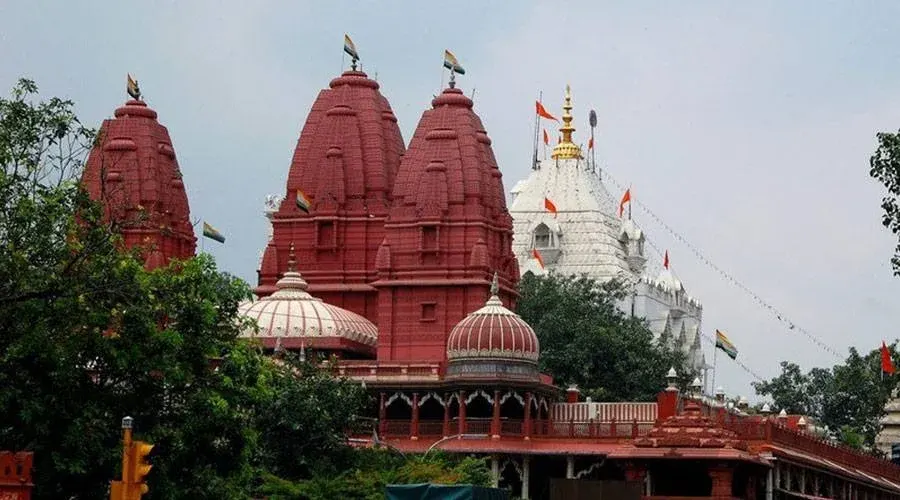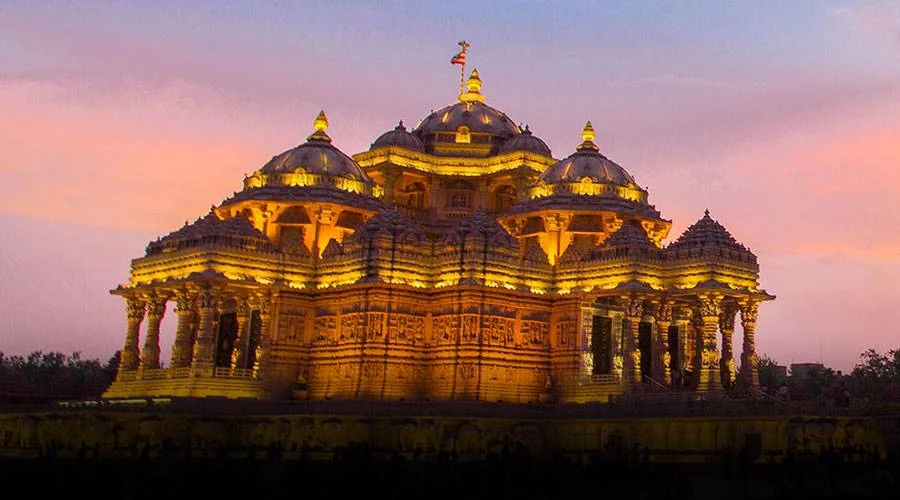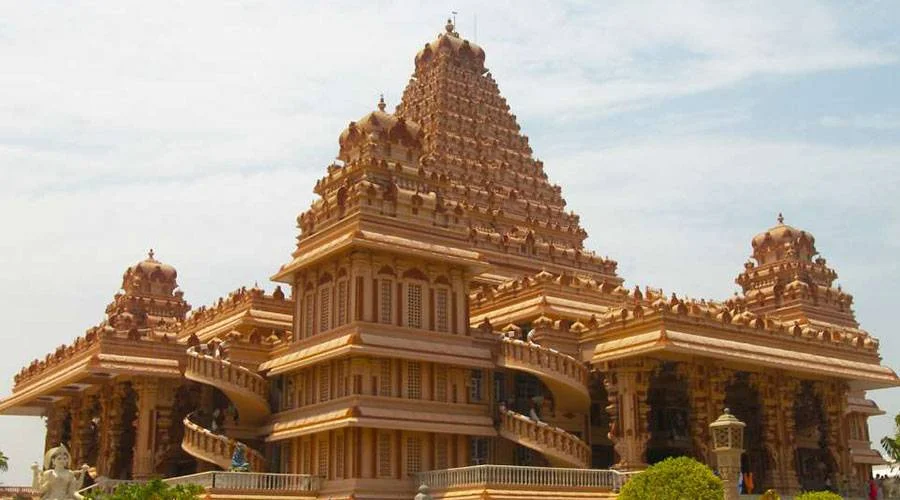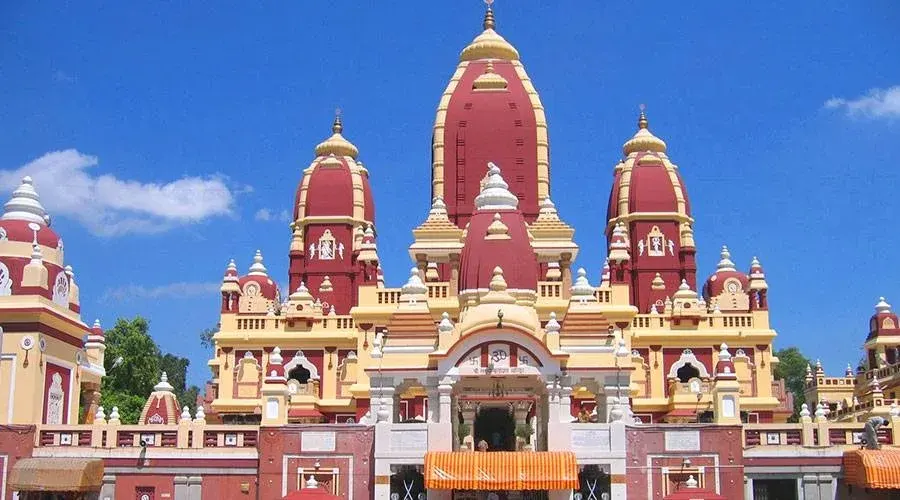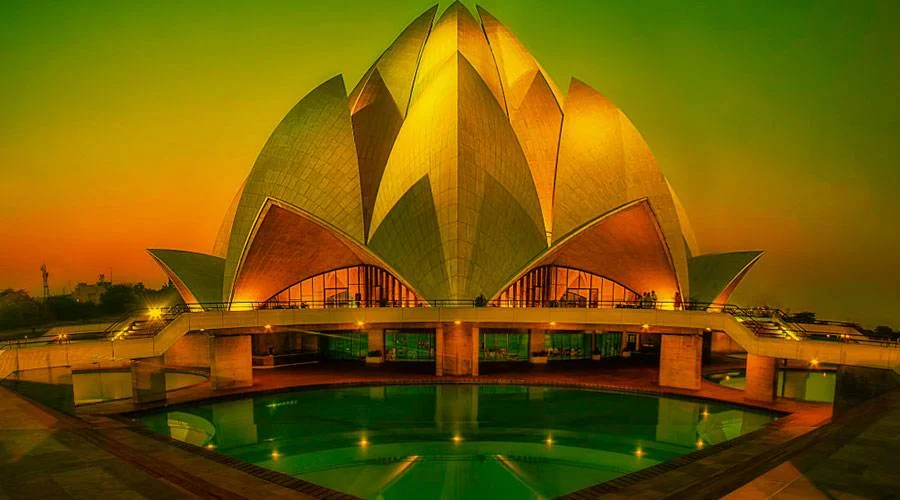Safdarjung Tomb, Delhi
Amongst the sundry places in Delhi that attract attention with their history or quaintness, is the twee tomb of Safdarjung. The elegant mausoleum built of marble and sandstone stands untouched in the test of time and boasts of 18th-century Mughal architectural style. Built-in 1754, during the reign of Mughal Emperor- Ahmad Shah Bahadur, the namesake tomb is dedicated to the Prime Minister of the court- Safdarjung.
Located in the heart of the city, at the junction of Safdarjung Road and Aurobindo Marg, the monument is a low-key tourist attraction of the city. Also known as ‘Safdarjung ka Maqbara’, the mausoleum boasts of a tranquil ambiance and a majestic presence owing to its enormous dome, elaborate arches, and intricate architecture.
The mausoleum built by Safdarjung’s son Shuja - ud - Daula, is one the very last specimen of Mughal architecture and signifies the downfall of the dynasty as a whole. Safdarjung’s Tomb, however, efficiently captures the legacy and the cultural aspects of the Mughal marvels. The garden tomb is built in a fashion similar to that of Humayun ka Maqbara and also houses several pavilions, a madrasa, and a library at the entrance (managed by the Archaeological Survey of India).
History
Safdarjung is the best place to visit for taking a stroll around its interesting history while enjoying the gentle breeze in its peaceful garden. Safdarjung was a Persian native and the ruler of Awadh serving as the viceroy of Muhammad Shah of the Mughal empire. After his death, he moved to Delhi and became the prime minister when Muhammad Shah Ahmed Shah ascended the throne of the Mughal empire in 1748.
Later on, when the king got drowned in wine and opium life, Safdarjung over-exercised his power and tried to take everything in his control, when the King’s family took the help of their Hindu Maratha confederacy to drove him out of Delhi and seize the control back on their hands in 1753. Safdarjung did not live much longer after that and died in 1754. Nawab Shujaud Daula, his son pleaded with the Mughal empire to allow him to erect his father’s tomb in Delhi.
Architecture
Safdarjung Tomb was one of the last colossal tombs of Mughal architecture inspired by the very famous Humayun’s Tomb. The design had four key features- the char bagh style- the mausoleum in-between surrounded by four gardens, the nine-fold floor, five facade design, and a huge rostrum with a secret passageway. The front of the monument has intricate ornamentation and has been painted in florid purple shades.
The inscription at the entrance is written in Urdu which can be translated to “When the hero of plain bravery departs from the transitory, may he become a resident of God’s paradise.” The main mausoleum has high arched walls with intricate carvings, the cenotaph is reposed on the square central chamber, and the dome rests on top of the terrace.
The underground chamber beneath the cenotaph has the graves of Safdarjung and his wife. Built entirely with red and buff stones, the interiors of the maqbara are covered in rococo plasterwork. Four polygonal towers decorated in marble and possessing huge arches occupy the corners of the tomb from outside. The rear side of the monument houses a library and several rooms. To its right, is built a mosque. The facade though following the conventional style of Mughal architecture and built closely on the lines of Taj Mahal lacks the precision of a professional architect.
The structure appears unbalanced due to accentuated prominence of the vertical axis, the dome is more elongated, and the four minarets are a part of the main monument, unlike the Taj Mahal where the minarets are detached. It has also been noticed that the marble used in the construction is not completely ‘white’ and the quality of materials used was rather ‘poor’. All in all, most studies conclude that the fort is a significant example of the declining Mughal kingdom.


